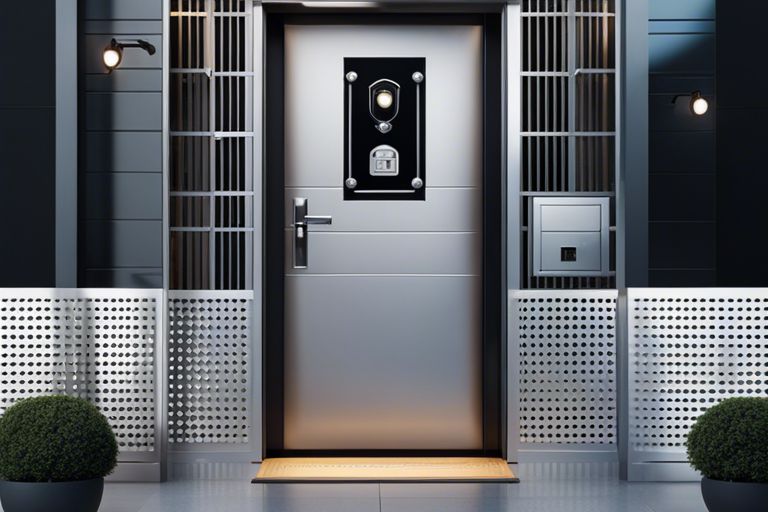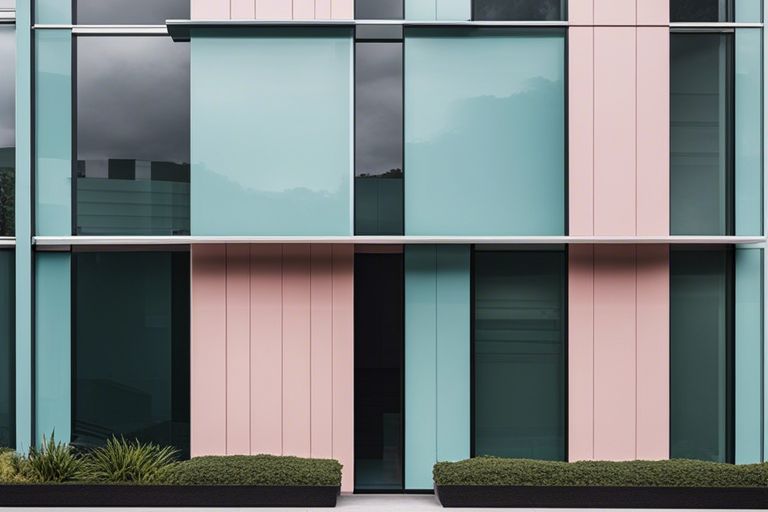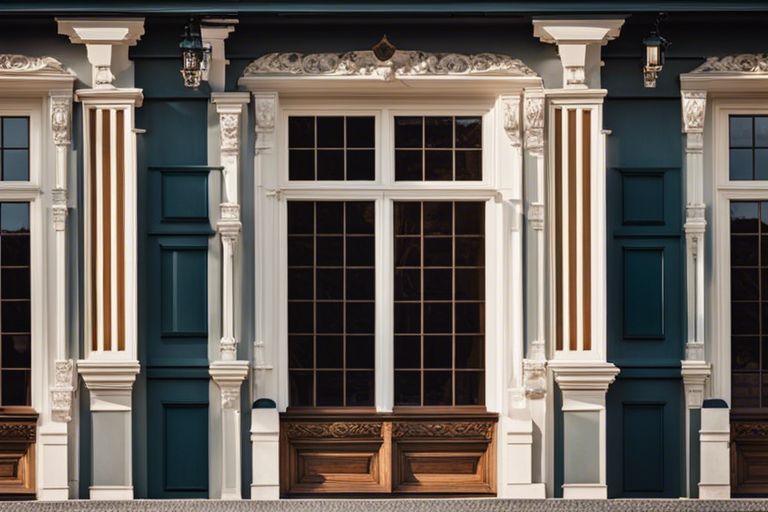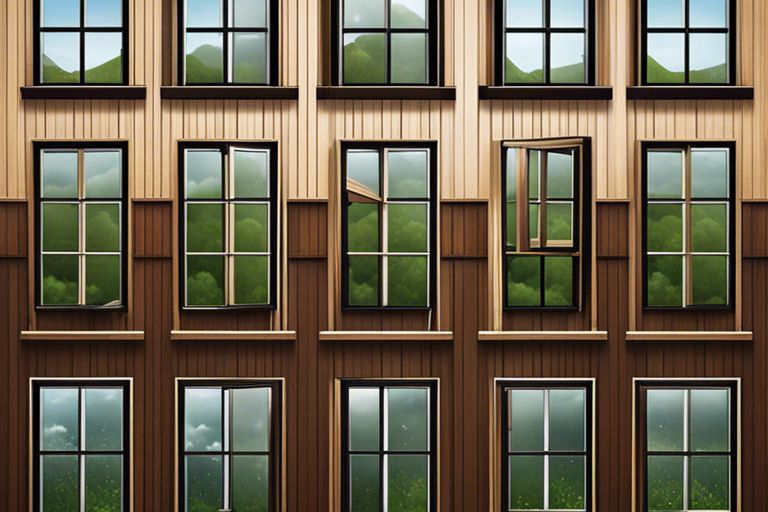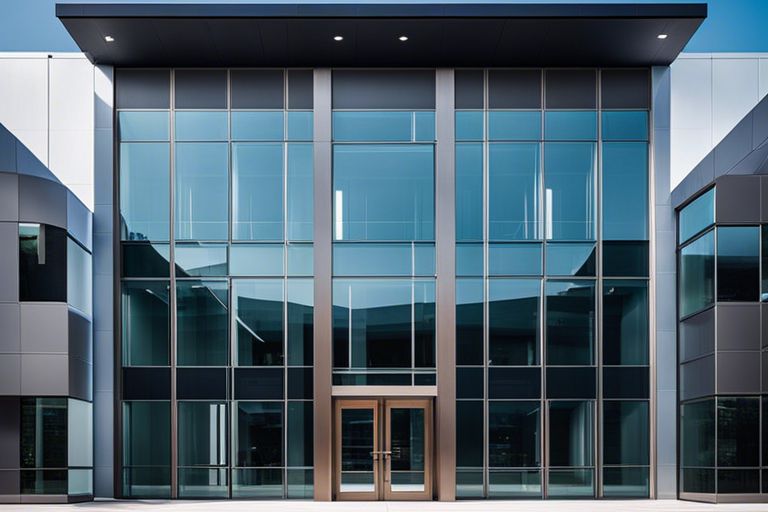When it comes to installing flat rooflights, there are several structural challenges that need to be addressed to ensure a safe and successful installation. Structural integrity is paramount to prevent any dangerous collapses or leaks that could result in costly damages. It is essential to consult with a professional to assess the load capacity of the roof and make any necessary reinforcements to support the weight of the rooflight. By overcoming these structural challenges with careful planning and expert guidance, you can enjoy the benefits of natural light and a visually appealing space without compromising on safety.
Key Takeaways:
- Proper Planning is Essential: Ensure thorough planning including assessing load-bearing capacity, drainage considerations, and surrounding structures to overcome structural challenges when installing flat rooflights.
- Consult with Structural Engineers: Seek advice from structural engineers to evaluate the existing structure and determine necessary enhancements or modifications for installing flat rooflights safely.
- Choose High-Quality Materials: Select high-quality materials for flat rooflights to ensure durability, weather resistance, and energy efficiency, ultimately overcoming structural challenges and improving overall performance.

Understanding Flat Rooflights
When it comes to installing flat rooflights, it is essential to have a good understanding of their structure, types, benefits, and applications. This knowledge will help you make informed decisions and overcome any challenges that may arise during the installation process.
Definition and Types of Flat Rooflights
Flat rooflights are roof windows that are integrated into flat roofs to allow natural light to enter the space below. There are two main types of flat rooflights: fixed flat rooflights and opening flat rooflights. Fixed flat rooflights are stationary and do not open, while opening flat rooflights can be opened to allow ventilation.
- Fixed Flat Rooflights: Stationary, do not open
- Opening Flat Rooflights: Can be opened for ventilation
Perceiving the difference between these two types of flat rooflights is crucial when deciding which option best suits your requirements.
Benefits and Applications
Flat rooflights offer various benefits, making them a popular choice for modern buildings. They not only enhance natural light in a space but also improve ventilation and air quality. These rooflights are commonly used in areas where conventional windows are not feasible, such as flat roofs, extensions, and modern architectural designs.
Moreover, flat rooflights can reduce the need for artificial lighting during the day, leading to energy savings and a more environmentally friendly building. Their sleek and minimalist design also adds a touch of sophistication to any property, making them a versatile option for both residential and commercial applications.

Pre-Installation Considerations
Before submerging into the installation of flat rooflights, there are several important pre-installation considerations to keep in mind. By taking the time to assess the existing roof structure and carefully selecting the right materials, you can ensure a successful and long-lasting installation.
Assessing Roof Structure
When installing flat rooflights, it is crucial to assess the roof structure thoroughly. This step is vital to ensure that the roof can support the weight of the rooflight and that there are no underlying issues that could compromise the installation. Check for any signs of damage, such as cracks, rot, or sagging, and address these issues before proceeding with the installation. It is also important to consider the slope of the roof and the direction of water runoff to prevent any future leaks or drainage problems.
Additionally, consult with a structural engineer to determine if any additional supports or modifications are needed to safely install the flat rooflight. This professional assessment will provide peace of mind and help avoid any potential hazards or structural failures in the future.
Selecting the Right Materials
Choosing the right materials for your flat rooflight is essential for ensuring durability, energy efficiency, and aesthetics. Opt for high-quality materials that can withstand the elements and provide adequate insulation. Look for materials that are weather-resistant and long-lasting to minimise the need for maintenance and repairs down the line.
Consider selecting double or triple glazing for improved thermal performance and sound insulation. These options will help create a comfortable and energy-efficient space while reducing outside noise. Additionally, choose frames that are strong and durable to support the weight of the glass and withstand varying weather conditions.
Installation Challenges and Solutions
Weatherproofing and Thermal Efficiency
One of the key challenges when installing flat rooflights is ensuring weatherproofing and thermal efficiency. Poor installation can lead to leaks, draughts, and heat loss, causing discomfort and potentially costly damage.
To overcome these challenges, it is crucial to use high-quality weatherproofing seals and insulation materials during installation. These seals must be properly installed to prevent water ingress and air leakage, while the insulation materials help maintain thermal efficiency within the property.
Structural Support and Load Distribution
Another critical aspect to consider is structural support and load distribution when installing flat rooflights. Without proper support, the rooflights may not be able to bear the weight of snow, wind, or even maintenance personnel, leading to structural failure.
One solution to this challenge is to consult a structural engineer to ensure the roof structure can support the additional load of the rooflights. They can recommend reinforcements or modifications to distribute the loads evenly and prevent any structural issues in the future.
It is essential to prioritise structural support and load distribution when installing flat rooflights to guarantee the safety and longevity of the roof structure. Neglecting this aspect can result in severe consequences, including structural damage, safety hazards, and increased costs for repairs.
Maintenance and Longevity
When it comes to maintaining your flat rooflights, regular care is essential to ensure longevity and optimal performance. By following a few simple steps, you can keep your rooflights in top condition and avoid potential issues down the line.
Routine Cleaning and Care
To keep your flat rooflights looking their best and functioning well, routine cleaning is key. Use a mild detergent and warm water to clean the glass and frame, making sure to remove any dirt, dust, or debris that may have accumulated. Avoid using abrasive materials or harsh chemicals that could damage the surface of the rooflights.
Additionally, regular inspections are important to identify any signs of wear and tear, such as cracks, leaks, or rust. Addressing these issues promptly can prevent further damage and prolong the lifespan of your rooflights.
Dealing with Common Issues
Despite regular maintenance, flat rooflights may still encounter common issues such as condensation build-up, leaks, or sealant deterioration. Condensation can be managed by ensuring adequate ventilation, while leaks may require resealing or repair by a professional. Sealant deterioration can lead to water ingress, so it is important to address any sealant issues as soon as they are noticed.

Overcoming Structural Challenges When Installing Flat Rooflights
When all is said and done, dealing with structural challenges when installing flat rooflights requires careful planning, expert advice, and adherence to building regulations. By conducting a thorough assessment of the roof structure, ensuring proper support is in place, and selecting high-quality materials, these challenges can be overcome successfully. It is essential to work with experienced professionals who can provide tailored solutions to ensure the safe and effective installation of flat rooflights. With the right approach and attention to detail, structural challenges should not hinder the installation process, allowing you to enjoy the benefits of natural light and a modern aesthetic in your space.
FAQ
Q: What are the common structural challenges when installing flat rooflights?
A: When installing flat rooflights, common structural challenges include ensuring adequate support for the rooflights, dealing with existing roof geometry, and maintaining proper waterproofing to prevent leaks.
Q: How can one ensure adequate support for flat rooflights during installation?
A: To ensure adequate support for flat rooflights, it is crucial to consult with a structural engineer to assess the load-bearing capacity of the existing roof structure and make any necessary reinforcements or modifications to support the weight of the rooflights.
Q: What measures can be taken to address waterproofing issues when installing flat rooflights?
A: To address waterproofing issues when installing flat rooflights, it is essential to use high-quality flashing and sealant materials, ensure proper installation techniques, and conduct regular maintenance to prevent water ingress and potential damage to the roof structure.

